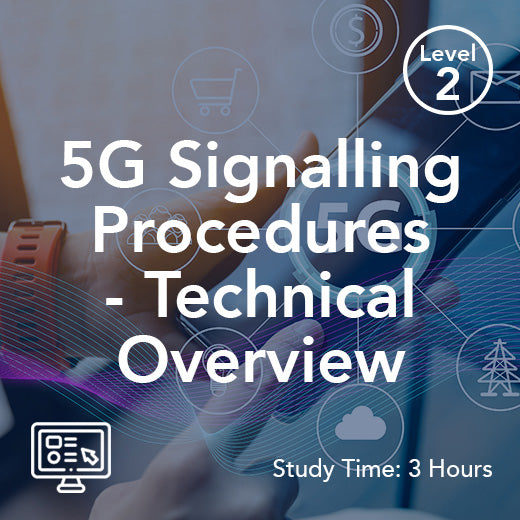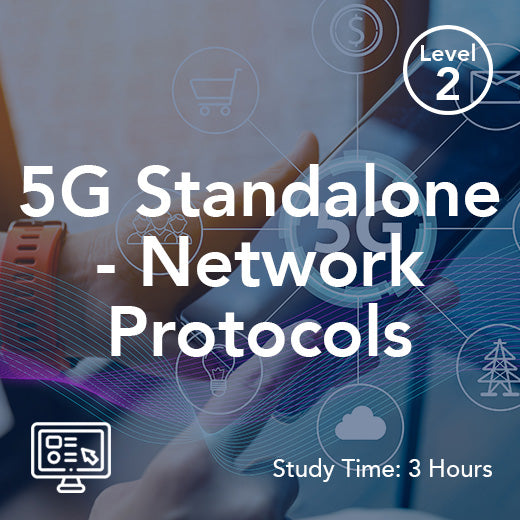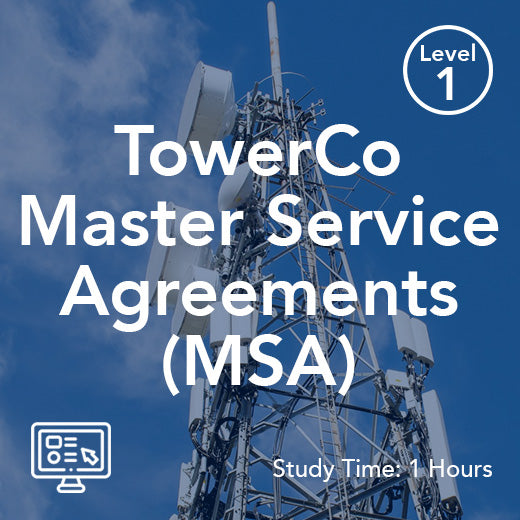How Businesses Can Transition To 5G Standalone
- , by Stephanie Burrell
- 2 min reading time
As technology continues to advance at a rapid pace, businesses must adapt and evolve in order to stay competitive in today's fast-paced market. One of the most significant technological advancements on the horizon is the transition to 5G standalone networks. This shift from 4G to 5G standalone promises to revolutionize the way businesses operate, offering faster speeds, lower latency, and increased capacity for data transmission.
So, how can businesses successfully transition to 5G standalone networks? Here are some key considerations for making the switch:
1. Understand the benefits of 5G standalone: Before making the transition, it's important for businesses to understand the benefits that 5G standalone networks can offer. These include faster speeds, lower latency, improved reliability, and increased capacity for data transmission. By leveraging these advantages, businesses can enhance their operations, improve customer experiences, and drive innovation.
2. Assess current infrastructure: Before transitioning to 5G standalone, businesses should assess their current infrastructure to determine if any upgrades or modifications are needed. This may involve upgrading existing hardware, deploying new equipment, or reconfiguring network architecture to support 5G standalone technology. By conducting a thorough assessment, businesses can ensure a smooth transition to 5G standalone networks.
3. Develop a migration plan: Transitioning to 5G standalone networks requires careful planning and coordination. Businesses should develop a comprehensive migration plan that outlines key milestones, timelines, and resources needed to successfully implement 5G standalone technology. This plan should also include strategies for testing, deployment, and optimization to ensure a seamless transition to 5G standalone networks.
4. Invest in training and education: As businesses transition to 5G standalone networks, it's essential to invest in training and education for employees. This may involve providing technical training on 5G technology, developing new skills and competencies, and fostering a culture of innovation and collaboration. By investing in training and education, businesses can ensure that their workforce is equipped to leverage the full potential of 5G standalone networks.
5. Collaborate with partners and vendors: Transitioning to 5G standalone networks requires collaboration with partners and vendors who can provide expertise, resources, and support. Businesses should work closely with their network providers, equipment vendors, and technology partners to ensure a successful transition to 5G standalone technology. By forging strong partnerships, businesses can access the necessary resources and expertise to navigate the complexities of 5G standalone networks.
In conclusion, transitioning to 5G standalone networks offers tremendous opportunities for businesses to enhance their operations, drive innovation, and deliver superior customer experiences. By understanding the benefits of 5G standalone, assessing current infrastructure, developing a migration plan, investing in training and education, and collaborating with partners and vendors, businesses can successfully transition to 5G standalone networks and position themselves for success in the digital age.

































